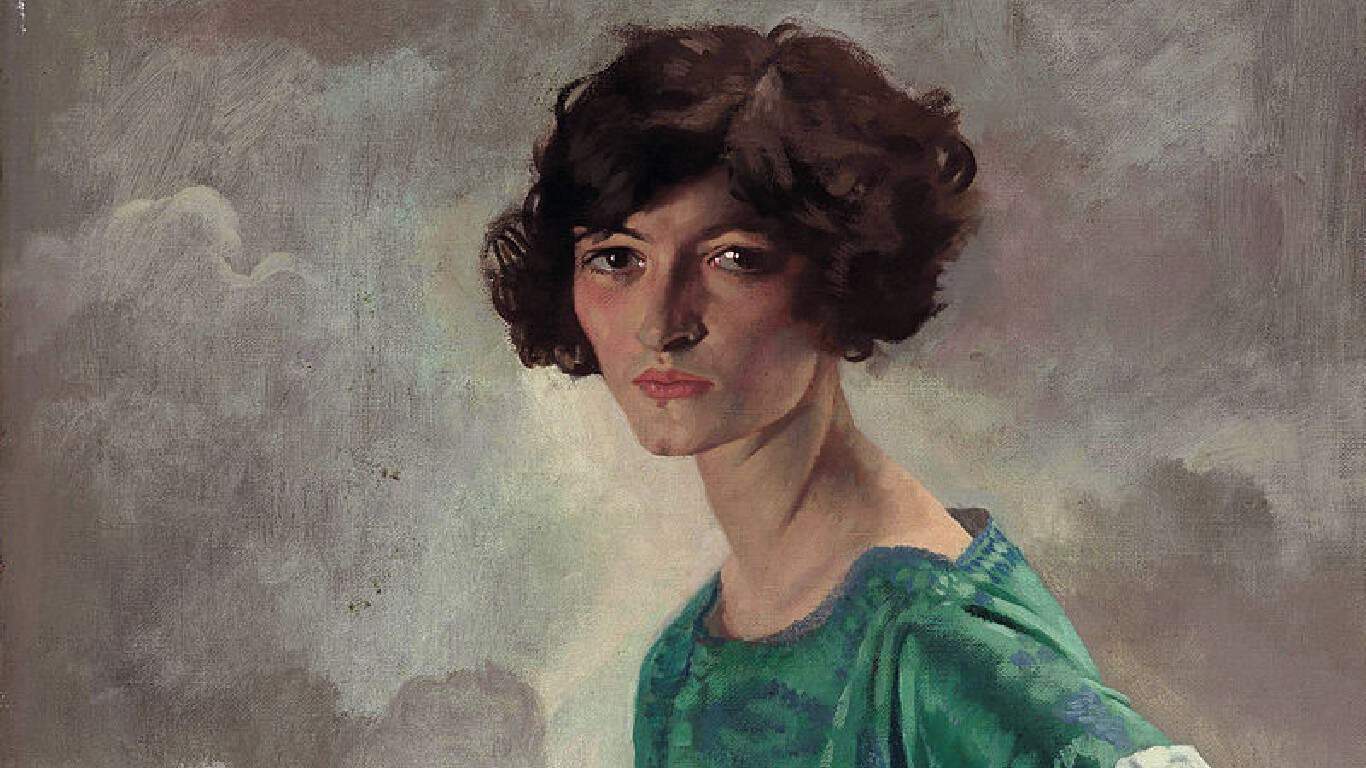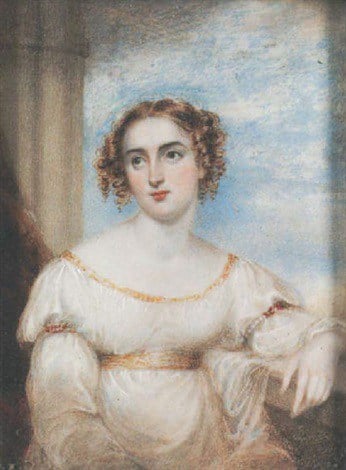Spies have long been part of war history worldwide. While some were honored for their efforts, others ended up imprisoned, or worse, killed for their espionage efforts. Nevertheless, spies and the act of doing something heroic for your country have long intrigued the general public.
The thought of being a spy has also inspired Hollywood to make movies and TV shows depicting what life as a spy could look like. Additionally, espionage was performed by both men and women. From the Revolutionary War to World War II, the female spies below were some of the most well-known throughout American history.
Some had only one known event of espionage, like Lydia Darragh who spied on British officers in a meeting during the Revolutionary War, while others went on to spy or work for the CIA over several years.
To compile this list of famous female spies in American history, 24/7 Tempo consulted various sources including Intellegenc.gov, CIA.gov, and the Smithsonian. (Click here to check out 14 Americans currently in prison for espionage.)
Sandy Grimes
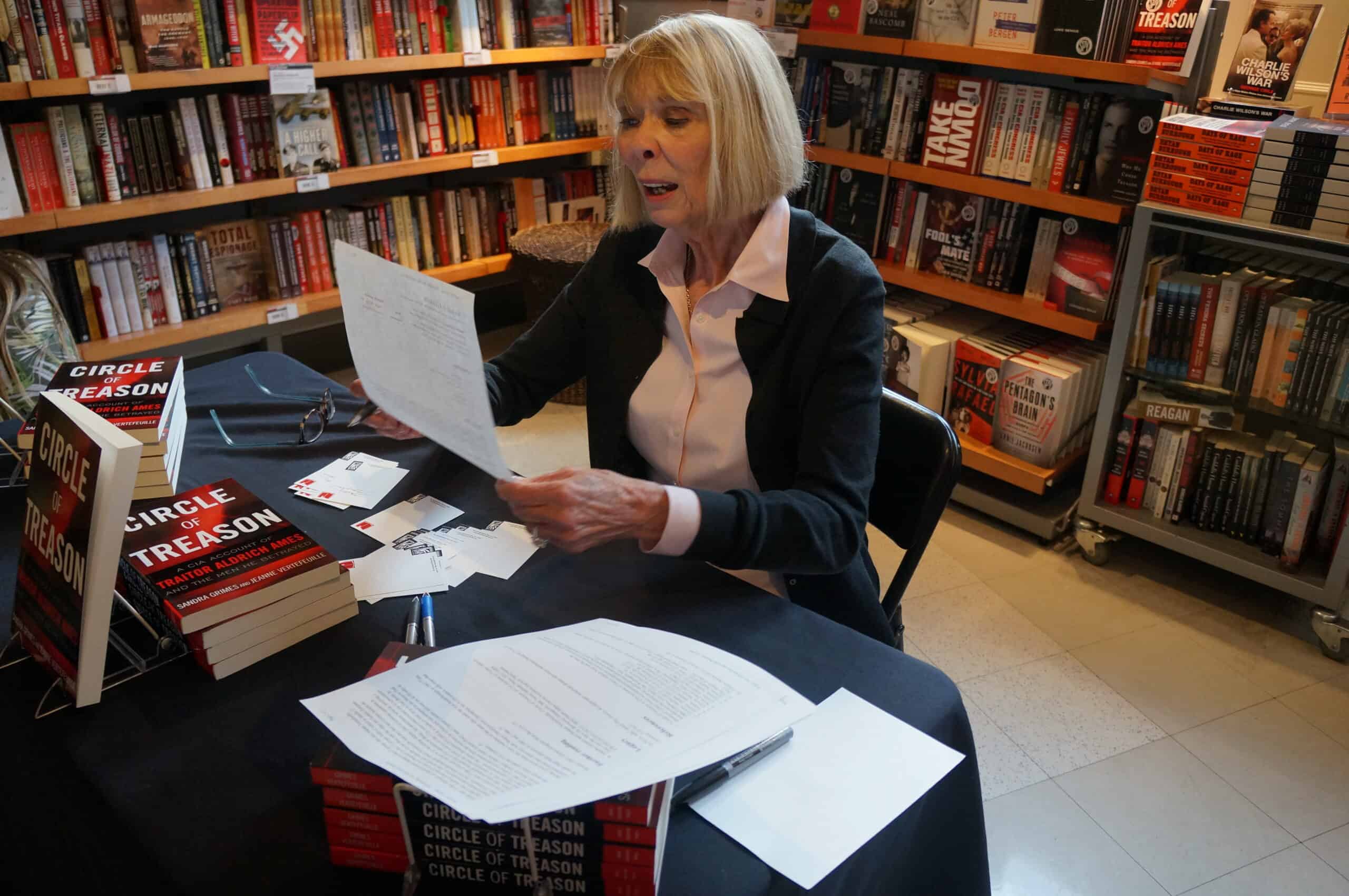
- Years active: 1966-1993
- Who she spied for: The Central Intelligence Agency (CIA) for the United States
Sandy Grimes is most known for her work in the CIA taking down KGB spy and American traitor, Aldrich Ames. Grimes entered the CIA after graduating from the University of Wisconsin in 1967.
With a degree in Russian, Grimes spent her 26 years in the CIA taking down suspected KGB spies as well as helping other CIA agents penetrate the KGB and GRU. Following her work in the CIA, Grimes, along with co-author and co-investigator Jeanne Vertefeuille, wrote a book called “Circle of Treason” which details the investigation of Ames. This book was later used as the basis for “The Assets,” a miniseries on ABC that premiered in 2014.
Virginia Hall
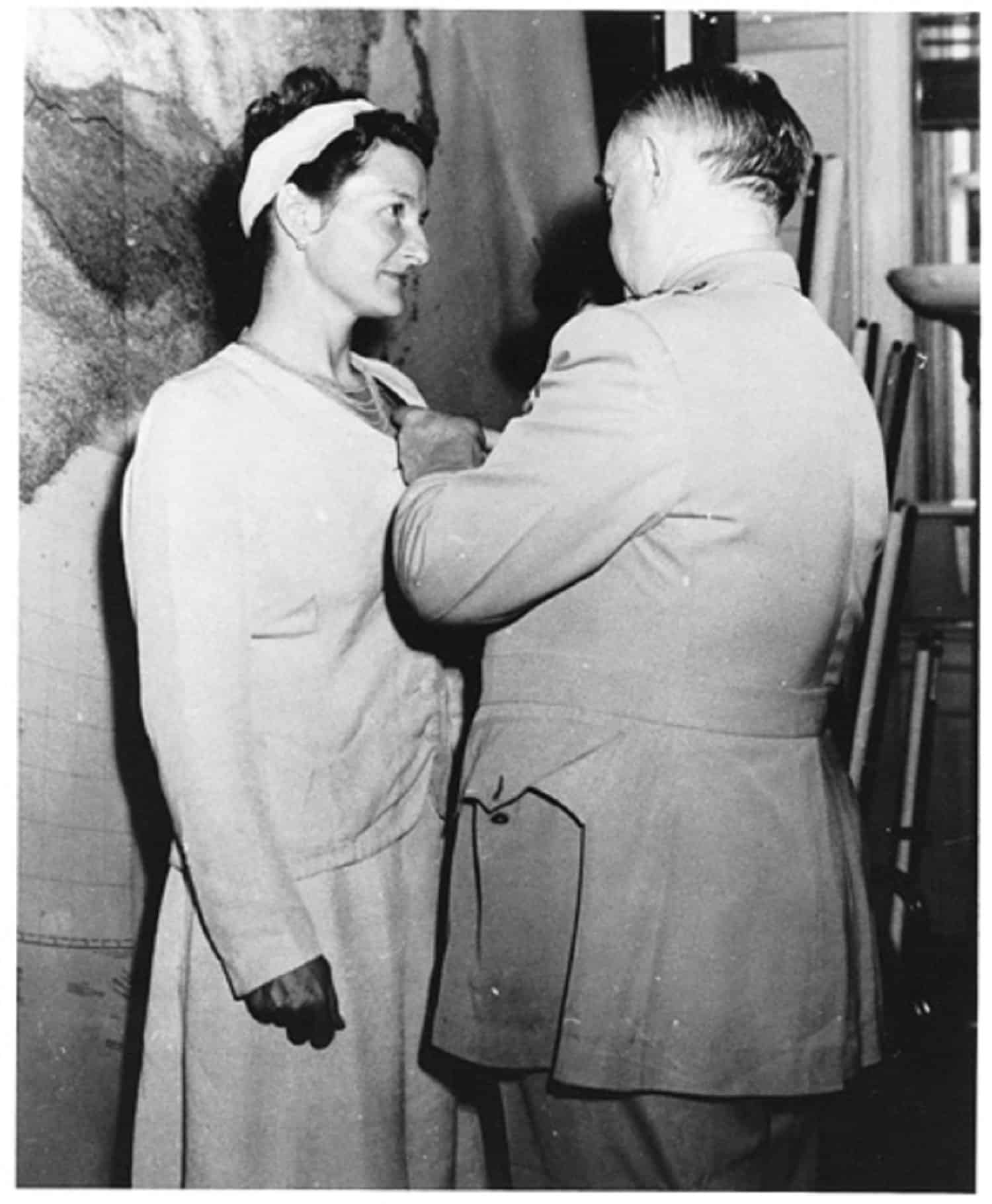
- Years active: 1941-1966
- Who she spied for: British Special Operations Executive (SOE), The Office of Strategic Services (OSS) for the United States
Virginia Hall was born in Baltimore, Maryland in April of 1906. After studying and graduating college in the U.S., Hall ventured to Europe to travel and continue her studies. While in Europe in the 1930s, she accepted a clerical position with the U.S. Embassy in Warsaw, Poland.
After suffering from a hunting accident in Turkey which left her with an artificial left leg below the knee, Hall could not be accepted by the Foreign Service due to her injury. However, Hall was accepted by the British Special Operations Executive (SOE) and began working for them in World War II.
During this time, she worked in France running safe houses and delivering intelligence to the British government. Afterward, Hall was accepted by the OSS (now called the CIA). She retired in 1966 at age 60 after receiving several awards for her duty including the Distinguished Service Cross from the CIA in 1945.
Harriet Tubman
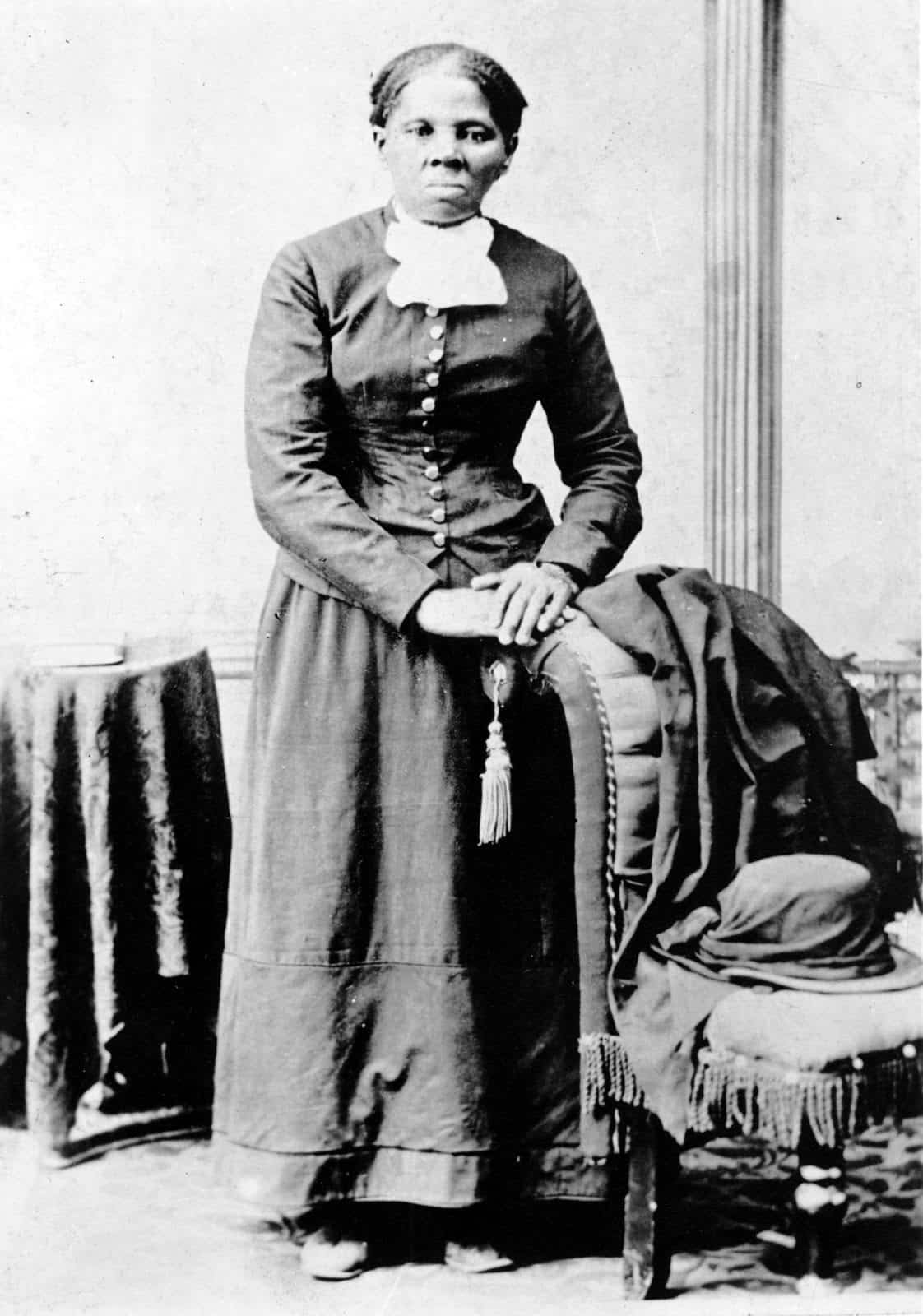
- Years active: 1849-1865
- Who she spied for: The Union Army
While Harriet Tubman is most well-known for her activity with the Underground Railroad, she was also a spy during the Civil War. Before the war, Tubman donned the nickname “Moses” after her courageous work to lead hundreds to safety through the Northeast and into Canada.
After nearly a decade of work leading others to safety, Tubman was recruited by John Adams to join the Union Army as a nurse and spy. Stationed in South Carolina, she worked to free enslaved Confederate soldiers as well as obtain intel to pass on to Union leaders.
In 1863, she joined a raid that led to the freedom of more than 750 African American slaves, as well as the destruction of several key supplies for the Confederates. At her funeral in 1913, Tubman received military honors for her work in the Civil War.
Julia Child
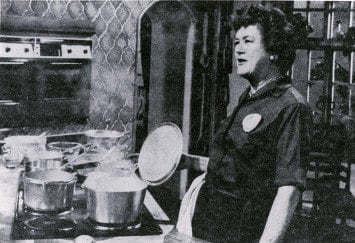
- Years active: 1942-1945
- Who she spied for: The Office of Strategic Services (OSS) for the United States
While Julia Child is most known for her cookbooks and bubbling television personality teaching others to cook, she also worked for the OSS during World War II.
Child originally wanted to join military services but was denied due to her height. However, she was accepted by the OSS for secretarial work. Child’s work at the OSS led her to be a part of the Emergency Sea Rescue Equipment Section before being transferred to Ceylon, China, present-day Sri Lanka, in 1944. While there, Child handled news that dealt with the invasion of the Malay Peninsula. She also met her future husband, Paul. The two were married in 1946. Paul’s work in the OSS led them to France in 1968 where Julia would fall in love with French cuisine.
Ann Bates
- Years active: 1778-1780
- Who she spied for: Great Britain
While not a spy for America, Ann Bates affected American history through her work as a spy for Great Britain during the Revolutionary War. During the day, Bates was a school teacher in Philadelphia. However, as a loyalist and married to a British soldier, Bates stayed true to the British government and fed intelligence to the Red Coats while posing as a peddler.
While selling her goods, Bates would take notes of rebel camps. She would then take these notes back to other British loyalists and British officers. On several occasions, her disguise as a peddler let her into Washington’s headquarters as well.
Unfortunately, her husband’s station moved to South Carolina and a year later, they moved back to England, leading to the end of Bates’ work as a British spy.
Belle Boyd
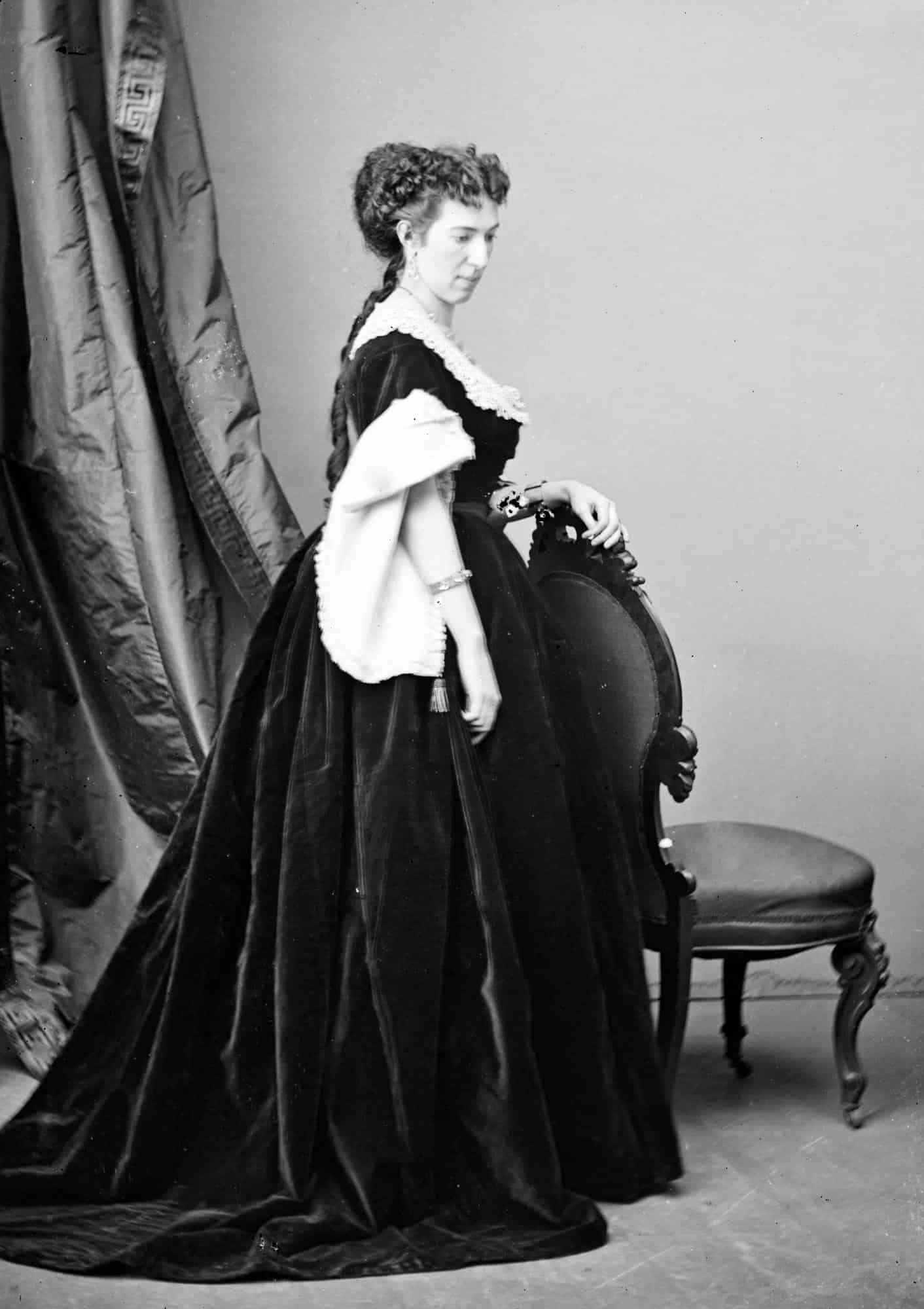
- Years active: 1862-1864
- Who she spied for: The Confederate Army
Belle Boyd’s journey as a spy for the Confederacy began when she was only a teenager. At age 17, a Union officer insulted Boyd and her mother at their home. Boyd shot and killed the soldier, thus leading to an investigation where she was acquitted of the act.
However, Boyd continued her work as a Confederate spy, moving to her aunt’s hotel in Front Royal, Virginia, where Union officers often socialized. Collected data from these Union military men, Boyd would pass the information on to General Thomas “Stonewall” Jackson. She often worked as a courier between Jackson and other Confederate officers as well. Boyd’s actions didn’t go unnoticed, however.
She was captured and arrested more than a couple of times in 1862 and 1863. By 1864, she attempted to leave the country before her ship was captured by the Union Navy.
Elizabeth Van Lew
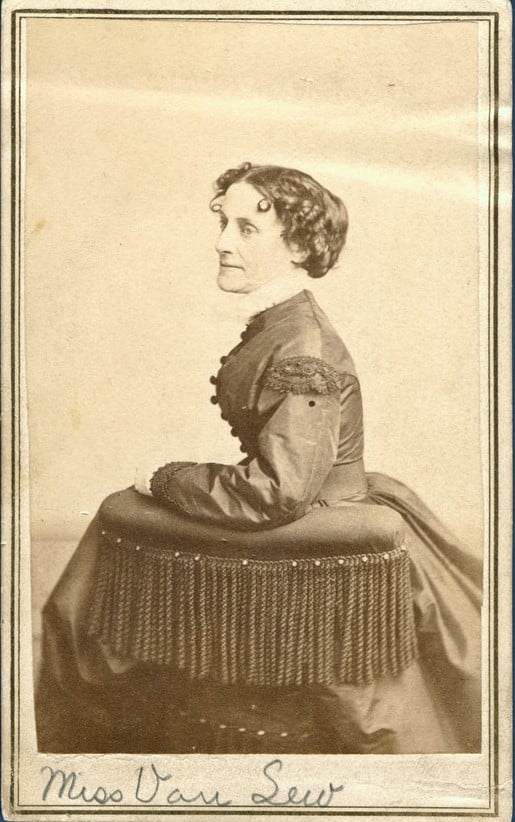
- Years active: 1861-1865
- Who she spied for: The Union Army
Elizabeth Van Lew and her mother worked closely together to free her family’s slaves in the mid-1840s. When the Civil War began, Van Lew worked diligently to help wounded Union soldiers. She also collected intel to pass on to the Union army and helped many soldiers escape from prison. Van Lew was also known for her role as the head of the “Richmond Underground.” This group included informants who were placed in Confederate departments. The information these informants obtained was smuggled out of Virginia and sent on to Union officers. Her work led her to be named as postmaster of Richmond following the war. Additionally, in 1993, Van Lew was inducted into the Military Intelligence Hall of Fame.
Amy Thorpe

- Years active: 1940-1945
- Who she spied for: British Security Coordination (BSC), and The Office of Strategic Services (OSS) for the United States
Known by many pseudonyms and armed with the code name “Cynthia” throughout World War II, Amy Thorpe was a well-known spy for Allied forces. Thorpe was born in Minnesota but traveled with her family to many different countries throughout her childhood.
After World War II broke out, Thorpe, now married, left her estranged husband in Chile to obtain a job in New York City with the BSC. This espionage group was under the British Secret Intelligence Service (MI6) and operated out of the U.S. Thorpe also began working with the OSS at this time and through her work, she was able to obtain several ciphers which aided the Allied forces in their victories.
Following World War II, Thorpe was extremely well-known and had to retire from espionage. The FBI also had an open case on her due to her actions during the war. She died of throat cancer in 1963.
Barbara Lauwers

- Years active: 1943-1945
- Who she spied for: The Office of Strategic Services (OSS) for the United States
Though born in Czechoslovakia in 1914, Lauwers’ biggest work was as a spy for the United States during World War II. Lauwers married and moved to America in 1941.
After becoming a U.S. citizen in 1943, Lauwers enrolled in the Army. Upon completing basic training, she was selected to be a part of the OSS and was sent to Algeria. After transferring to Italy, Lauwers became a part of Operation Sauerkraut, where an MO (Morale Operations) branch worked to spread false and negative propaganda about Hitler and the German army.
Lauwers continued to work with soldiers to distribute propaganda throughout the war. She was also the only female on staff to produce the propaganda, including the “League of Lonely War Women” campaign. Upon returning to the United States, Lauwers worked several jobs before passing in 2009.
Gertrude Sanford Legendre
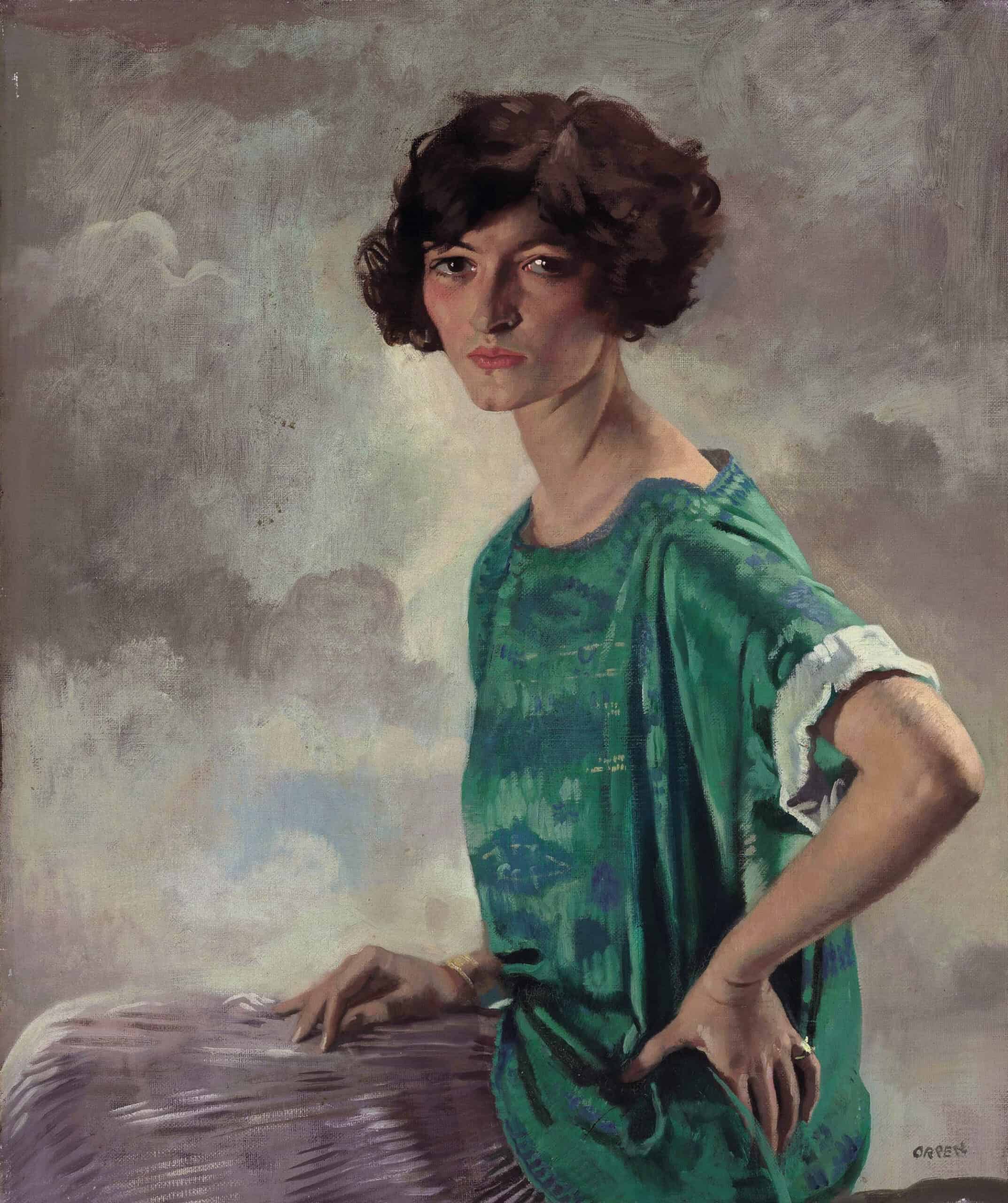
- Years active: 1943-1945
- Who she spied for: The Office of Strategic Services (OSS) for the United States
Though she began her work for the OSS as a desk clerk at the beginning of World War II, Gertrude Sandford Legendre soon found herself transferred to Paris with a uniform and paperwork identifying herself as a second lieutenant.
In September of 1944, Legendre was caught near Luxembourg. This capture led her to be the first American woman in uniform to be captured by the Germans. She created a story for the German officers, stating that she was simply a Red Cross volunteer.
After 6 months of captivity, Legendre made her escape by jumping off a train and eventually made her way back to the United States. Following the war, Legendre went on to travel the world before she died in 2000.
Antonia Ford Willard
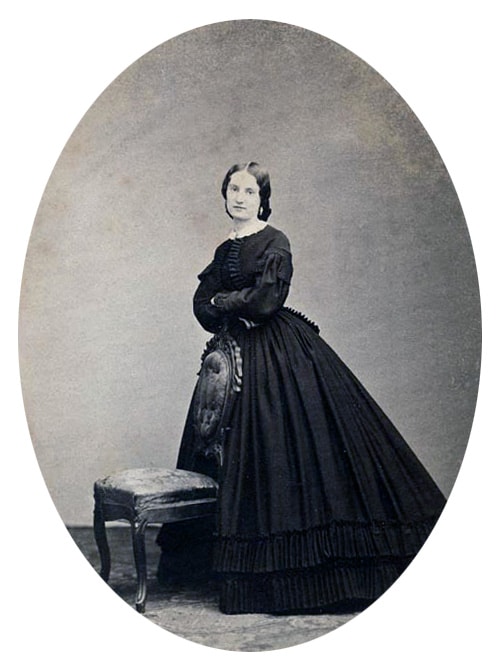
- Years active: 1861-1865
- Who she spied for: The Confederate Army
Antonia Ford Williard was only 23 years old when the Civil War broke out. Coming from a Confederate family in Virginia, Ford was determined to help in any way that she could.
Ford began entertaining Union soldiers in her home who unsuspectingly divulged information that Ford would pass on to Confederate officers. However, Ford was arrested in 1963 after she was suspected of espionage. Ford had passed information to Confederate Colonel John S. Mosby who used the information to raid the Union-occupied Fairfax Court House.
After the raid, a Union spy was used to gain Ford’s trust, and proof was given that she was a Confederate spy. Ford was impressed at Old Capital Prison in Washington, D.C., but was soon released and fell in love with Union Major Joseph Clapp Willard. The two were married before Ford died in 1871.
Jonna Mendez
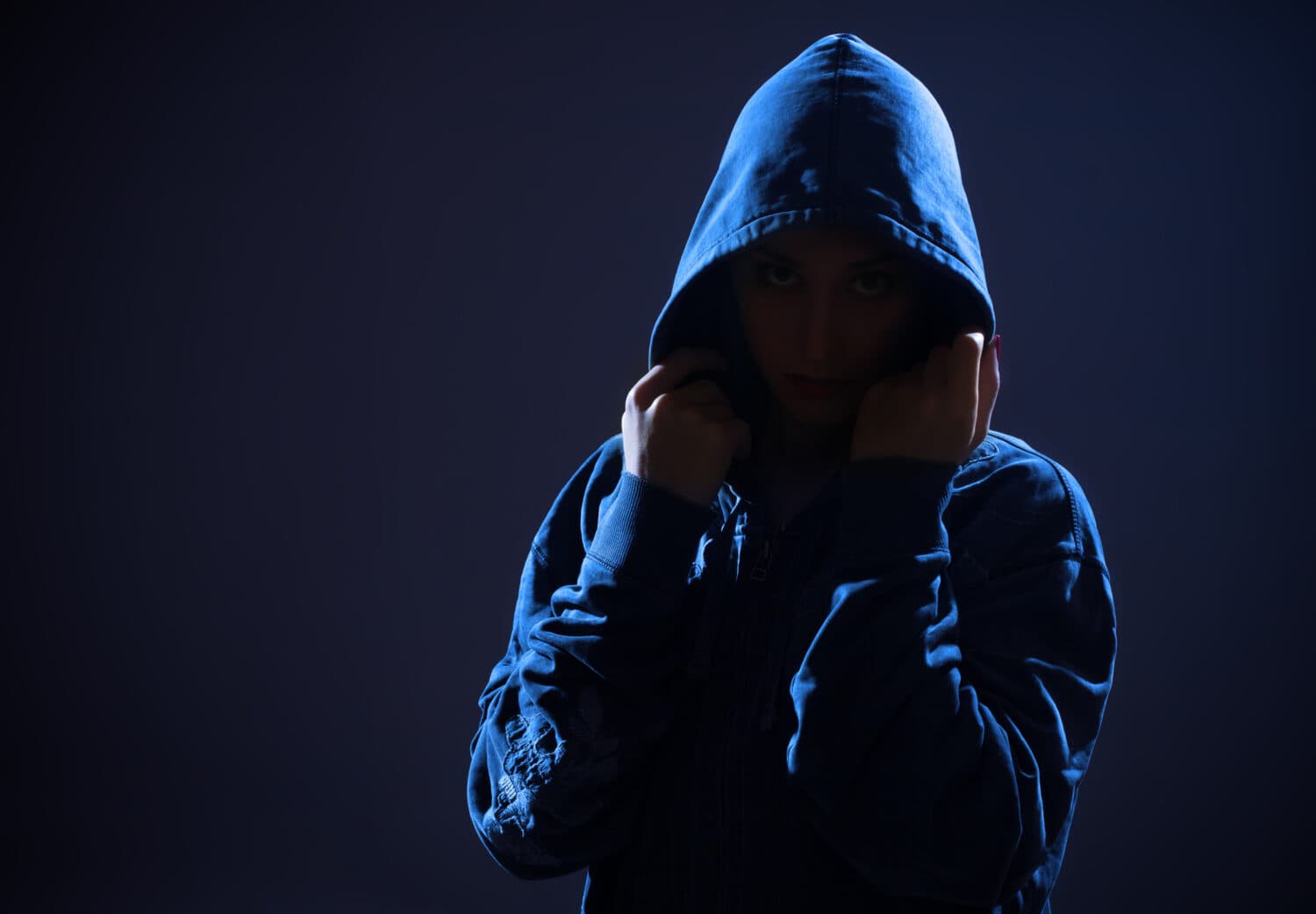
- Years active: 1966-1993
- Who she spied for: The Central Intelligence Agency (CIA) for the United States
While not a field spy, Jonna Mendez used her 27-year career with the CIA to change the way spies disguise themselves. Recruited in 1966 by the CIA in Europe, Mendez began her career living undercover in different areas of the world.
In the 1970s, Mendez began working with clandestine photography as a technical operations officer. Mendez continued her work in the CIA, eventually earning the Chief of Disguise title in 1991. Mendez retired in 1993 after being awarded the CIA’s Commendation Medal.
Lydia Darragh
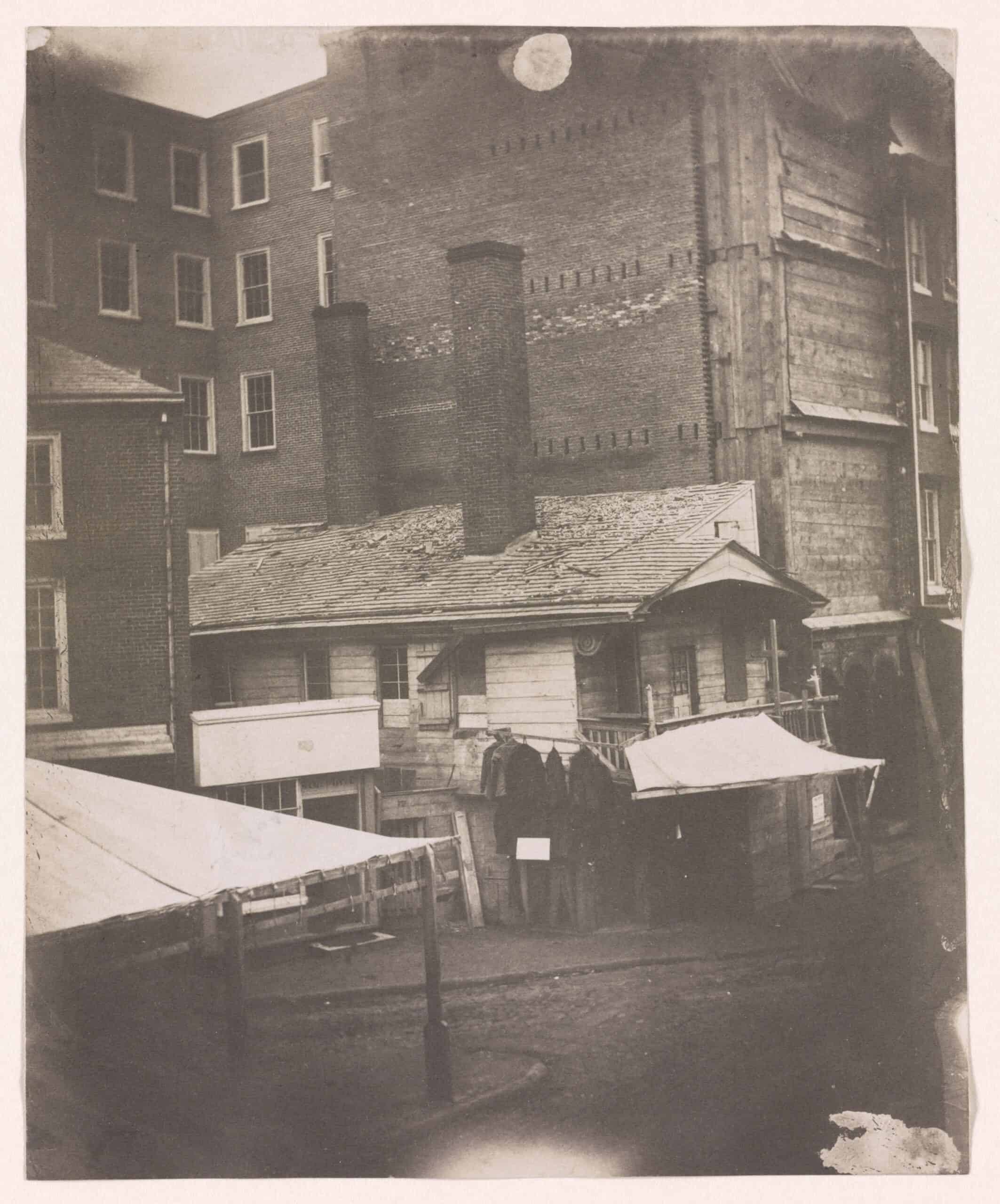
- Years active: 1777
- Who she spied for: The Continental Army
While Lydia Darragh was not known as a longtime spy for the Continental Army, her work during December of 1777 allowed the Continental Army to be prepared for a British attack at Whitemarsh in Pennsylvania. The British Army took up the Darragh home and used their parlor as a meeting space.
The Darraghs were known pacifists, so they were not suspected of being continental spies. However, during their meeting on December 2, 1777, Lydia snuck into a closet where she overheard the army’s plan of attack on General George Washington and his troops.
Lydia’s notes from the meeting eventually made their way to Washington, where he was prepared for the British attack, leading to an unsuccessful mission for the British troops. While Lydia denied any spy activity, her work allowed the continental troops to gain a victory in 1777.
Pauline Cushman
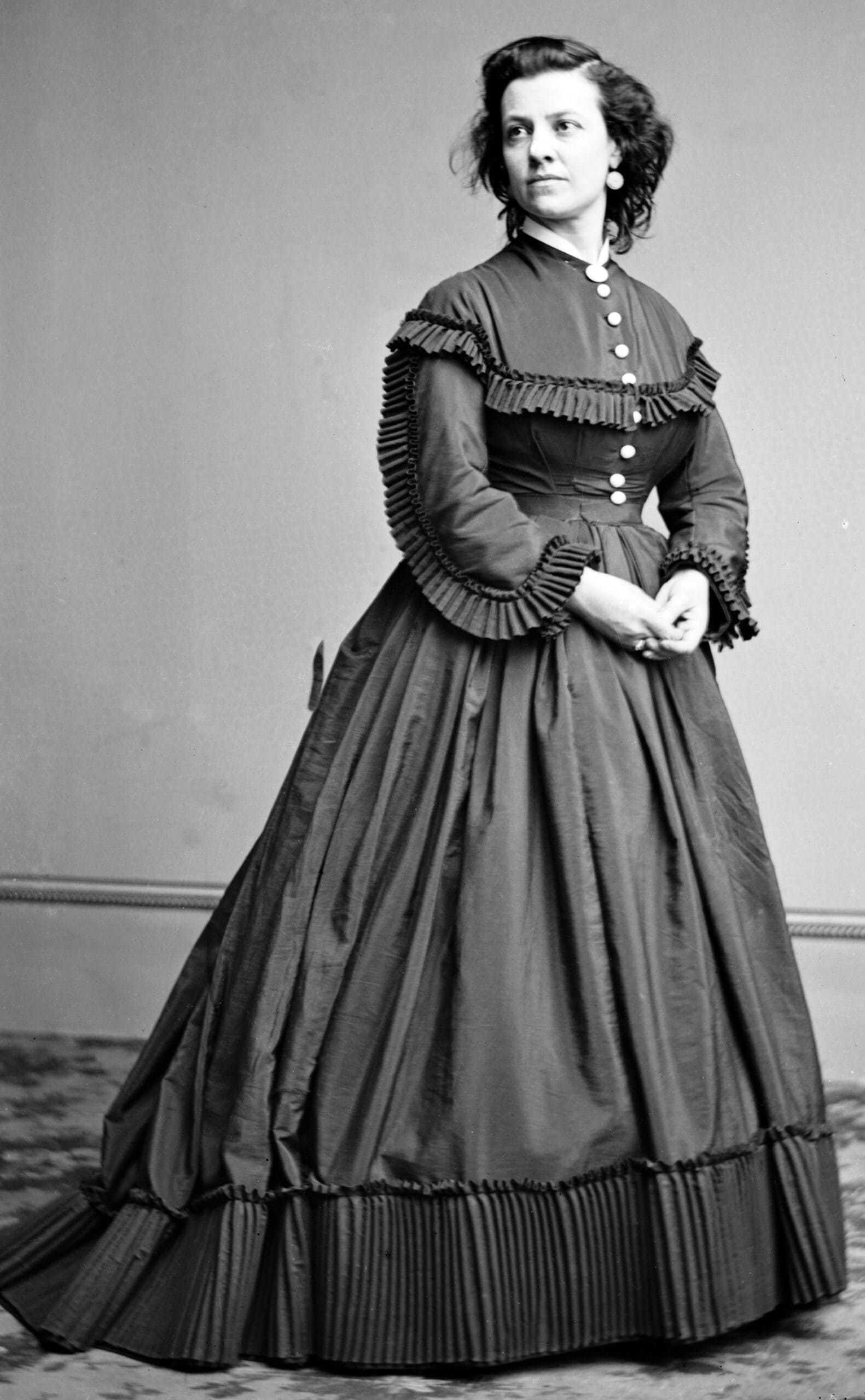
- Years active: 1863-1865
- Who she spied for: The Union Army
During the Civil War, Pauline Cushman was a struggling actress. Performing a play in Louisville, Kentucky, Cushman was offered money by two Confederate soldiers to go on stage and give a toast to Confederate officer Jefferson Davis.
Unsure what to do, Cushman consulted a Union Marshal who urged her to give the toast. Following the event, Cushman was fired from the play but offered a job as a Union spy. Cushman was assigned to Nashville where she was to act as though she was searching for her missing Confederate brother. Instead, Cushman collected intel to give it back to the Union officers.
She was eventually arrested for suspected espionage and sentenced to hang. However, she was rescued in Shelbyville when Union forces arrived. Cushman passed in 1893 and was buried with military honors in California.
Rose Greenhow
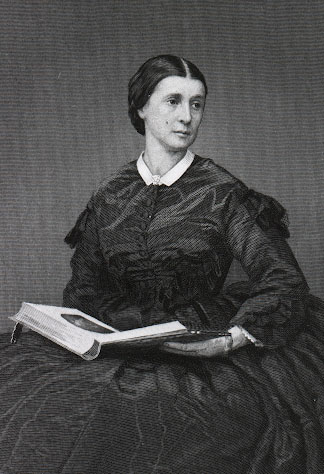
- Years active: 1861-1864
- Who she spied for: The Confederate Army
Though viewed as a Washington D.C. socialite, Rose Greenhow’s Southern roots led her to be a prominent Confederate spy during the Civil War.
Learning of the Union army’s plan to attack at Manassas, Virginia, Greenhow wrote a cipher note and hid it in fellow Confederate Bette Duvall’s hair. Duvall made her way out of Washington and was able to see Confederate officers and warn them of the Union’s plan to attack.
This act of espionage led to a Confederate victory during the Battle of Manassas. Greenhow then built a spy network that consisted of 50 people, mostly women.
She would continue her espionage activity until she died in 1864 when she drowned aboard a Confederate ship that was attacked by the Union Navy. (For more reading, check out the FBI’s most wanted criminals of the 1950s.)
